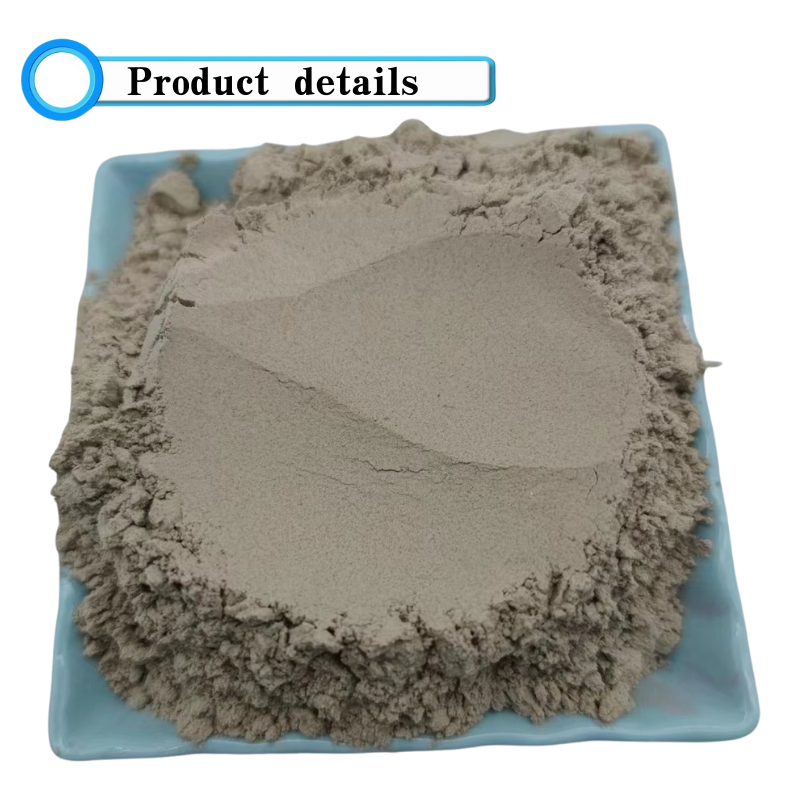
Innovative Uses of Ceramsite Pebbles in Landscaping and Construction Projects
The Versatility and Applications of Ceramsite Pebbles
Ceramsite pebbles, a lightweight and porous material, have gained significant popularity across various industries due to their unique properties and versatile applications. These colorful aggregates, formed from clay and fired at high temperatures, not only offer practical benefits but also enhance aesthetic appeal. This article delves into the characteristics, production process, and applications of ceramsite pebbles, highlighting their importance in modern construction and landscaping.
Characteristics of Ceramsite Pebbles
Ceramsite pebbles are known for their lightweight nature, which makes them an excellent choice for numerous applications. Their porous structure allows for excellent drainage and aeration, making them ideal for use in horticulture and aquaculture. Furthermore, ceramsite pebbles are chemically inert, which means they do not interact negatively with other materials or substances, making them safe for use in various environments. Their durability also ensures that they can withstand harsh conditions, including extreme temperatures and moisture, making them suitable for both indoor and outdoor applications.
Production of Ceramsite Pebbles
The production of ceramsite pebbles involves several steps. First, natural clay or shale is extracted and processed to achieve the desired particle size. The material is then mixed with water, followed by a granulation process to form small pellets. These pellets are subsequently dried and fired in a kiln at high temperatures, typically ranging from 1100 to 1200 degrees Celsius. This firing process causes the clay to vitrify, resulting in a lightweight, durable, and porous material – the ceramsite pebbles. Once cooled, the pebbles can be coated with pigments to achieve a variety of colors, enhancing their visual appeal for decorative uses.
Applications of Ceramsite Pebbles
ceramsite pebbles

1. Construction Material One of the foremost applications of ceramsite pebbles is in the construction industry. They are increasingly used as lightweight aggregates in concrete production, helping to reduce the overall weight of the structural elements without compromising on strength. Their insulating properties also contribute to energy efficiency, making ceramsite concrete an ideal choice for modern builds.
2. Landscaping and Gardening Ceramsite pebbles are widely used in landscaping due to their aesthetic appeal and functional benefits. They can be employed as decorative ground cover, provide a clean and modern look to gardens, and help retain soil moisture when used in planters. Their excellent drainage properties make them suitable for use in rock gardens and aquaponic systems, where plant health is critical.
3. Water Treatment Due to their porous nature, ceramsite pebbles are effective in filtration applications. They are commonly used in water treatment plants, aquariums, and hydroponic systems to promote healthy aquatic environments by facilitating the removal of impurities and enhancing biological filtration processes.
4. Sound and Thermal Insulation The lightweight and porous structure of ceramsite pebbles provides excellent insulation against sound and temperature fluctuations. This makes them an invaluable resource in construction projects focused on noise reduction and energy efficiency. By incorporating ceramsite pebbles into roof systems or walls, architects and builders can create more comfortable living spaces.
5. Art and Crafts Beyond their industrial applications, ceramsite pebbles are also gaining traction in the world of art and crafts. Their rich colors and unique textures make them perfect for use in mosaic art, decorative wall hangings, and even jewelry making. Artisans appreciate the lightweight nature of ceramsite for integrating them into a variety of creative projects.
Conclusion
Ceramsite pebbles exemplify the intersection of functionality and aesthetics in contemporary applications. Their unique properties, including lightweight nature, durability, and excellent drainage capabilities, make them an essential material across various fields, from construction to arts and crafts. As industries continue to innovate, the demand for environmentally friendly and versatile materials such as ceramsite pebbles is likely to increase, paving the way for future applications and developments. Whether enhancing the energy efficiency of buildings or adding beauty to gardens, ceramsite pebbles have proven to be a valuable resource that meets the needs of a diverse array of users.
Share
-
Premium Talcum Powder Enhanced with GPT-4 Turbo | Soft & Long-LastingNewsAug.02,2025
-
Fly Ash Solutions Enhanced by GPT-4 Turbo | Sustainable InnovationNewsAug.01,2025
-
Natural Premium Bentonite Cat Litter - Superior ClumpingNewsJul.31,2025
-
Premium Resin Coated Sand - High Heat Resistance CastingNewsJul.31,2025
-
High Quality Silicon Carbide Grit for Abrasive ApplicationsNewsJul.30,2025
-
High-Quality Ceramsite for Plants & Gardening | Lightweight PebblesNewsJul.29,2025






